The long and winding (hi)story of furniture design is largely one of evolution not revolution, largely one of innumerable, often imperceptible, social, cultural, economic, technical, et al transformations, movements, hindrances and undulations which slowly, continually, combine and interact to widen and deepen the river as it flows. A process aided, abetted and accelerated by irregularly arising confluences where a new tributary flows into the unflinchingly onwards rolling mainstem.
One such being inarguably Michael Thonet.
With the exhibition Bentwood and Beyond. Thonet and Modern Furniture Design the MAK – Museum für angewandte Kunst Vienna navigate the history of that tributary and explore its legacy and contemporary relevance, and relationship, to the course of furniture design.
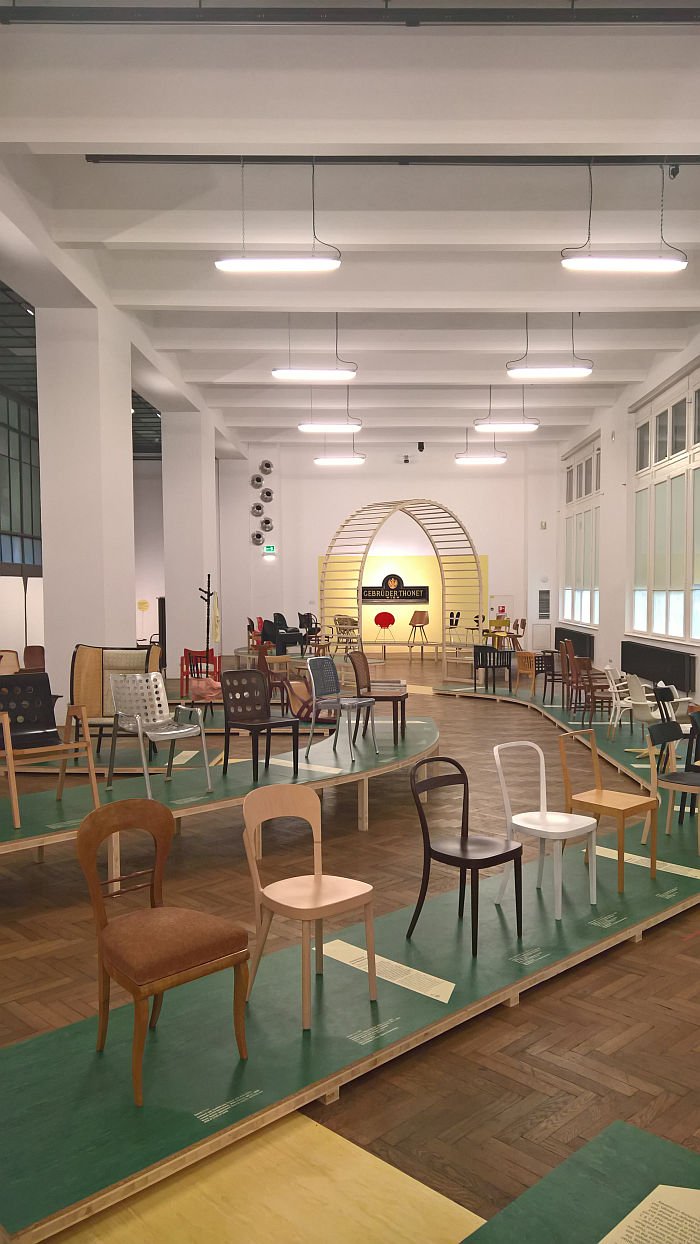
Although the (hi)story of Thonet first becomes visible in the mid-1800s in Vienna, it technically issues forth in 1819 in Boppard on the banks of the Middle Rhein where and when Michael Thonet inherited his father's carpentry workshop and began his own experimentations in furniture construction. The 200th anniversary of that inheritance, of those early experiments, offering an excellent opportunity, excuse, for reflection on 200 years of Thonet, on 200 years of furniture design....... and that not just in the city where Michael Thonet established his reputation.
As regular, and observant, readers will be aware we've already posted from the exhibition Thonet & Design at Die Neue Sammlung Munich, a chronological cruise through 200 years of Thonet chair design, and in what follows we will regularly refer back to that post, not because the two exhibitions are the same, they're not, but because a lot of what we want/need to refer to in this post is the same as in that one. And much as we often repeat ourselves, we'd really rather not.
Similarly we refer you dear reader to numerous other Thonet posts to be found in these pages for more detailed discussions on the history and development of both Thonet furniture and Thonet company; in what follows our focus is, must be, Bentwood and Beyond, whereby it is important to note that the relationship of "Bentwood" to "Beyond" in the exhibition title shouldn't be understood linearly as in Buzz Lightyear's "To Infinity... and Beyond!", but much more voluminously as in "To Bentwood... and moreover/furthermore/besides"1. As an exhibition Bentwood and Beyond is not about extending our metaphorical river into new terrain, but about charting an existing, if only seldom visited, delta.
Or put another way....
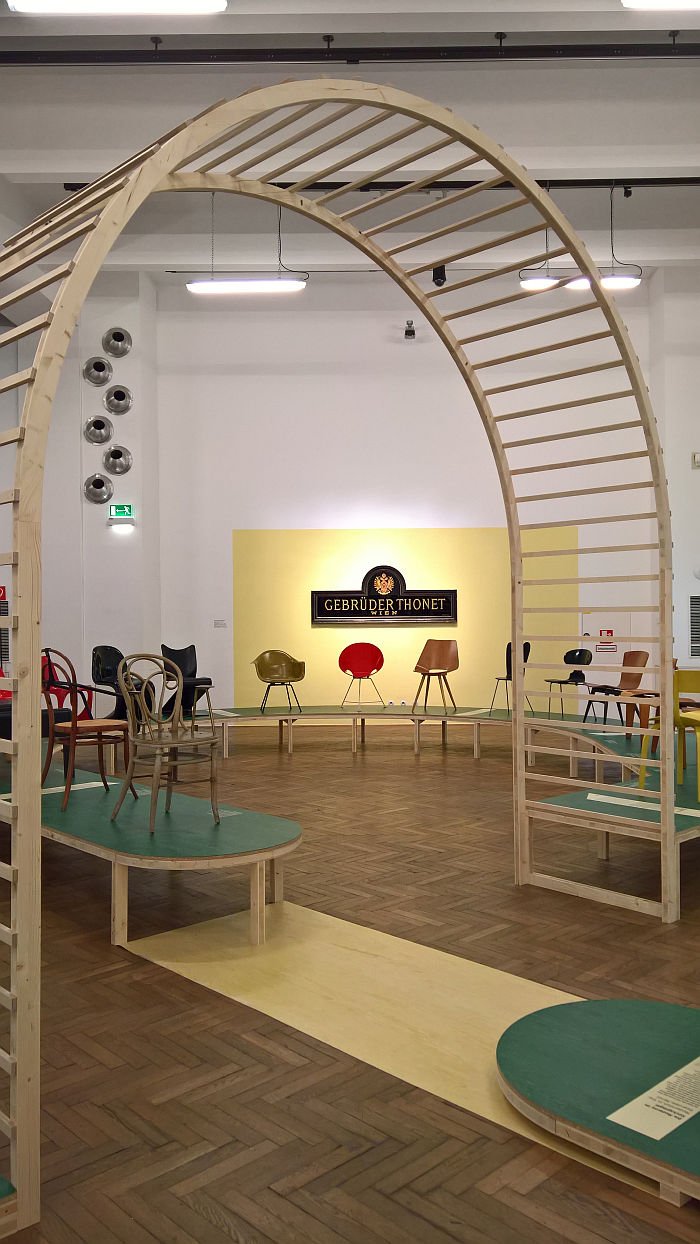
Presenting itself, and as befits a Thonet exhibition, as a twisting, meandering, tour, Bentwood and Beyond is in many regards two, invisibly, interwoven exhibitions: one discussing and following the Thonet (hi)story, the other expanding, widening, its field of vision to place, discuss and reflect on Thonet and modern furniture design in a myriad contexts.
The former opening, logically and pleasingly, with Michael Thonet's so-called Boppard Chair from ca 1836, one of his earliest, successful, attempts at creating furniture from mechanically formed wood and a work which, as discussed from Thonet & Design in Munich, stands not just symbolically for the beginning of Thonet furniture but also as a harbinger of and for both the developments Michael Thonet would introduce to furniture production and also the fact that first Michael Thonet's and subsequently Thonet Thonet's contribution to furniture history has generally been less in context of the development of new technologies and/or materials per se and more in context of an adoption, novel utilisation and thereby development of existing, when invariably still very nascent, technologies/materials: just as Thonet didn't invent steel tube furniture or didn't invent solid wood bending, Michael Thonet didn't invent forming glued strips of wood nor the use of standardised components. Did however make them very much his/their own.
From Boppard Bentwood and Beyond moves on to explore the Thonet (hi)story through a variety of varying contexts including, and amongst many others, the numerous 19th century World's Fairs which were of such importance in helping establishing Thonet's international reputation; Thonet's numerous, and often less popularly known, often for good reason, post-World War Two excursions and exploits; the, still very poorly understood and resolved, arguably unresolvable, yet equally very obvious, relevance of the English architect Peter Hubert Desvignes to the development of Michael Thonet and his work; or discussions on Thonet in context of 19th century Vienna, including, and importantly, mid-19th century iron wire furniture, which, as we noted from Munich, can be considered an important influence on Michael Thonet's reduced, meandering, naturalistic formal aesthetics. One of several possible influences, the truth being lost in the mists of time and ruins of war; however Michael Thonet's interpretation of that/those influence(s) being for us, as previously noted, one of his most important contributions to the (hi)story of furniture design, foretelling as it did in an age of relative ostentation a coming, necessary, liberating, reduction.
And a contribution, logically, also explored through numerous examples of Thonet furniture: a tour through 200 years of Thonet which in addition to popularly recognised works such as the Nr. 4 with which Michael Thonet first achieved commercial success and acceptance, the Nr. 14 "Coffee House Chair", one of the most commercially successful furniture designs ever and a work of deceptive, beguiling simplicity, a chair that is very much more than the sum of its (few) parts, or more contemporary works such as Stefan Diez's Nr. 404 or Robert Stadler's Nr. 107, also includes lesser known but no less informative and instructive Thonet works including the Sofa Nr. 150 from ca 1890 and which presents itself in that highly regrettable, and indecipherably popular, fake bamboo styleee that so neatly encapsulates how taste lost its way in the late 19th century, a Demonstration Chair from the 1867 World's Fair in Paris which not only demonstrates, indicates, the possibilities with bent solid beech, but also in many regards predicts the coming florid allusions of the Art Nouveauists, or the 1936 Siesta Medizinal recliner by Hans Luckhardt which, as we all learned from Anton Lorenz: From Avant-Garde to Industry at the Vitra Design Museum Schaudepot, was not only an important step on the way to the contemporary upholstered TV lounger, but pretty much kept Thonet in business during the Second World War.
As with Thonet & Design in Munich the presentation of bent tubular steel furniture in Vienna is brief, blink and you'll miss it; and a state of affairs of which we very much approve, because it helps underscore what a fleeting moment steel tubing was in the (hi)story of furniture design. Important and still very, very relevant. But fleeting.
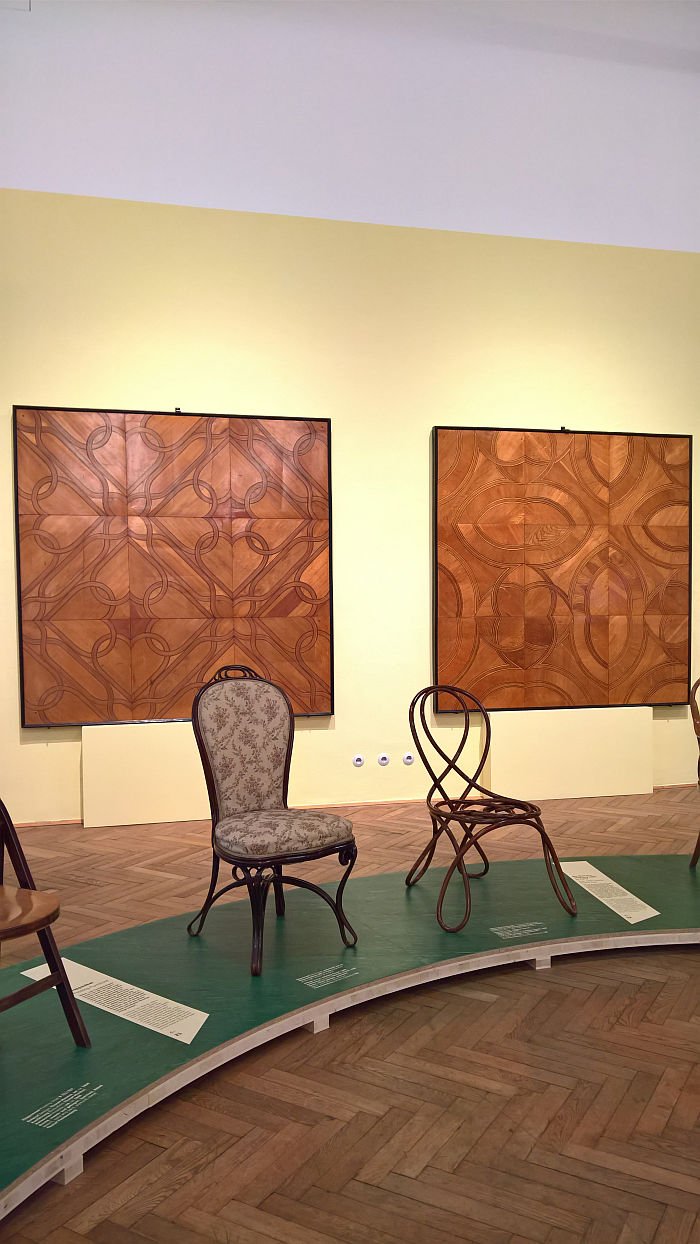
Intertwined with the Thonet (hi)story flows a stream of wider discussions and discourses on the history of furniture design and Thonet's relationship to that history, discussions and discourses undertaken in context of theme such as, and amongst many, many others, The Mechanization of Furniture with its notes on the development of height adjustable seating and similar developments on the path to our contemporary office chairs; Furniture Made from One Single Piece and its exploration of attempts to develop, well....., and as represented by Gerald Summers 1933 BPAC, Bent Plywood Armchair, Han Pieck's late-1940s Bambi Chair for Morris of Glasgow and August Thonet's ca 1880 bent solid ash, and supremely confidently decorated, side chair; or Seats and Backrests Made of Plywood where one learns that in 1877 Thonet built Europe's first plywood production factory, and thus, and as we all remember from the exhibition Plywood: Material of the Modern World at the V&A Museum London, at the very beginnings of industrial plywood production and the industrial exploitation and utilisation of plywood. Where that early industrialisation of plywood took furniture design being more than elegantly discussed in Bentwood & Beyond through works such as, and amongst others, Arne Jacobsen's 3100 "Ant" chair for Fritz Hansen, Egon Eiermann's SE 3/SE 42 for Wilde+Spieth or Charles & Ray Eames' DCW for Herman Miller. Whereby the presentation of the latter two directly next to each other allows for an excellent opportunity to weigh up and consider the similarities and differences. An opportunity we'd very much advise you take.
In addition our attention was particularly caught by the presentation of Windsor chairs which not only brings Josef Frank into the centre of the narrative but also reminds that Michael Thonet's pre-fabricated production process was but an institutionalising, and standardising, of a centuries old craft process, one elegantly encapsulated by the many craftsfolk who traditionally contributed to any given Windsor; the examples of Michael Thonet's parquet work, caught up in the fascination with Thonet chairs it can be all to easily forgotten that upon arriving in Vienna an important application, monetisation, of his newly acquired 1842 patent was for flooring not furniture, flooring that often required repeating, flowing, meandering motifs; by a 1925 reclining armchair by Margarete Schütte originating from a private commission, a work called "Canadian" but which speaks a dialect we'd place much more in the Adirondack Mountains of Vermont, which stands very much at odds with the small houses she was developing for Vienna's 1920s Siedlerbewegung, and which in its charmingly compact, chunky, reduction underscores why we should all pay more heed to her beseechment that, "I do not want to be seen only as a kitchen architect, that’s too stupid"2; and by the numerous mentions of, reference to and works by Thonet's late 19th/early 20th century competitors, not least as they help place Thonet's development following the relinquishing in 1869 of their all important 1856 patent in a more probable context, for all through the critical reflections on moments when the competitors were (arguably) more on top of the game than Thonet, reminders that Thonet were/are fallible.
Critical reflections (somewhat) balanced by the occasional slightly less critical reflection. For our part we were particularly perturbed by the claim in the section on Plastic Chairs that the high sales figures for Gerd Lange's early 1970s Flex 2000 indicate that "Thonet had its finger on the pulse of the plastic age" If there's one thing the Thonet (hi)story teaches us it is that "plastic age" (largely) passed them by, that having established the company on two material/technological innovations they missed a third, lest we forget, which we can't because they are two examples in the exhibition, in the 1950s & 60s Thonet cooperated with Verner Panton on wooden chairs, you do the math. And if there's two things the Thonet (hi)story teaches us, it is that in terms of furniture design you can't measure cultural relevance in commercial sales, the two aren't mutually inclusive, exist independent of one another: with the Nr. 14 the two may be in unison, with steel tubing they certainly aren't. Which isn't to say the Flex 2000 isn't an interesting and relevant chair, is to say the logic of the argument is overly simplified. And tends to the impression of one made principally as a PR puff for Thonet. Which we don't believe is/was the intention, but is the rose-tinted impression it casts.
Similarly the placing of Sebastian Herkner's 118 in context of Jasper Morrison and Naoto Fukasawa's concept of Super Normal. A claim one can make, but which in the MAK sounds as if it being made by Thonet and not the curators. Which again we don't believe is the case, but rings so. And in addition does tend to not only give the, unfortunate, impression that the 118 was commissioned solely to compete with Morrison's Basel Chair for Vitra, but by extrapolation to unfairly, unjustly, devalue Herkner's work. Whereby as a re-imaging of Thonet's 1930s/40s wooden kitchen chairs the 118 very neatly and elegantly demonstrates how the decades of widening and deepening of our metaphorical river allows for new understandings of existing concepts, allows the space and the means for development, and thereby an understanding of design as an imperceptible fluid continuum not a static, easily Instagrammable, moment.
A state of affairs Bentwood and Beyond with its inter-twinned specific and general discussions on 200 years of modern furniture design very convincingly, satisfyingly, underscores and reinforces; despite moments such as Plastic Chairs or Super Normal Bentwood and Beyond isn't a hagiographic celebration of Thonet, but a series of reflections on Thonet in context of wider realities, a series of reflections on the (hi)story of furniture design and the path to our contemporary furniture understandings through the conduit of Thonet, and for all an exhibition which tends to underscore and reinforce the truism that continually evolving social, cultural, economic, technical, et al realities not only carries design forth but defines, and continually redefines, our relationships to our objects of daily use, demanding the new, discarding the obsolete, the foolish, the faddish while preserving, nurturing, certain universal archetypes as it rolls onwards. And roll onwards it will. Taking both Thonet and contemporary furniture design with it as it rolls.
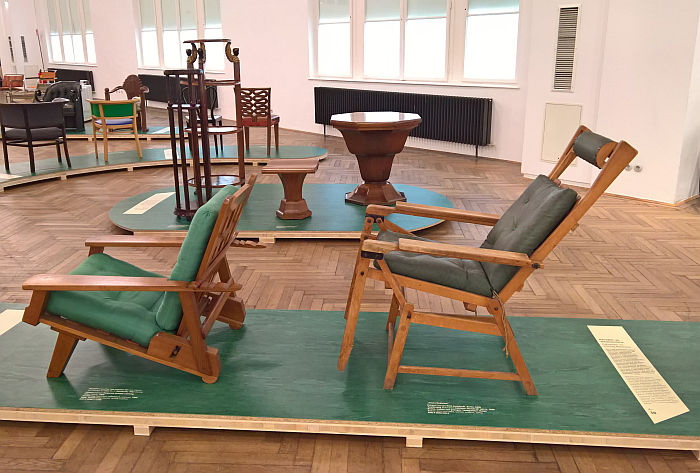
Presenting its narrative over some 80+ positions, islands, in a physical, and thematically, meandering stream of discourse, each island/position illustrated/populated by 2,3 or 4 objects, aside from the space and time the ever self-enlarging exhibition design gives you to reflect on the works, the positions and the discussions therein, one of the real joys of the exhibition is the fact that the objects are readily accessible from all sides, you can really get up close and explore them in detail, can compare, contrast, assess, and two of the real joys of the exhibition is the sheer variety of works presented, a variety which, and as with the MAK's parallel showcase Sitzen 69 Revisited, helps you approach a much better, more probable, understanding of the course of furniture design. And the course of Thonet. Then, now......... and future. Looking back being as it is intimately paired with looking forward.
Thonet are all too often presented and understood not only through an improbably abridged collection of popular objects, but as something, somehow, distinct, as an isolated river in a valley far removed from all others and which over time has developed its own unique ecosystem. And while the developments Michael Thonet realised in the 19th century, not just the technical and formal, but also the commercial and institutional, unquestionably continue to influence and inform furniture design, furniture production and the furniture industry, and should rightly be celebrated, enjoyed and regularly revisited as something very much of Thonet, they were all developments made possible as much by other streams flowing into Thonet's as by his response to the transformations, movements, hindrances and undulations he encountered on his path, were all developments made possible as much by his awareness of, adoption of and experimentation with the universal as by anything exclusively Michael Thonet. A reality Bentwood and Beyond succinctly and pleasingly charts.
And it was, we'd argue, this understanding of the adoption and experimentation with and of evolving materials, processes, structures as a necessary response to evolving social, cultural, economic, technical, et al realities which enabled 1920s Thonet to become such important, guiding, protagonists of steel tubing. And which, we'd continue to argue, should have seen Thonet been early adopters and guiding protagonists of 1960s plastics and 1980s Postmodernism, indeed one could argue those who did become important to such did so through out-Thoneting Thonet; and an understanding which, and as we argued from Thonet & Design at Die Neue Sammlung Munich in context of the DNS collection prototypes by Atelier Steffen Kehrle, could, should?, see Thonet help move us towards the more sustainable, responsible, future orientated furniture industry we need. Or put another way, does Thonet have its finger on the pulse of the Industry 4.0 age? Does Thonet have its finger on the pulse of the Anthropocene age? Did Thonet not always have its finger on the pulse of the Post-plastic age? And if so......
Time, as always, will tell, for now we can but look back, reflect and wildly postulate, Bentwood and Beyond offering an accessible, comprehensible and articulate location for just such exercises.
And having mentioned Munich again...... the (relative) close proximity of Vienna and Munich, a direct train links them in some four hours, not only allows for a charming two centre Thonet tour, but almost demands one undertake such. The question is, in which order? We'd argue Vienna first then Munich. On the one hand because in Vienna there is a lot more background information, a lot more (bilingual German/English) texts, explanations and descriptions which accompany you through the themes and ages, in Munich one is left much more alone with one's study of the chairs, of formal, constructional, material developments, and on the other because having been exposed in Vienna to the (hi)story of Thonet in more contexts than is normally the case, the study of the purely Thonet exhibition in Munich should, if you've been paying attention, help you move towards a much more realistic, meaningful, understanding of not only Thonet's contribution to, place in and relationship with modern furniture design but of modern furniture design's contribution to, place in and relationship with Thonet.
Bentwood and Beyond. Thonet and Modern Furniture Design runs at MAK – Museum für angewandte Kunst, Stubenring 5, 1010 Vienna until Monday April 13th
1We freely accept that "infinity" isn't necessarily something that can be measured purely linearly, isn't something bound by dimensions. But on the one hand, we feel that's how Buzz Lightyear understood it, and on the other we really really, wanted to crowbar the quote in. And so apologies to all mathematicians and physicists out there.......
2Margarete Schütte-Lihotzky, Erinnerungen aus dem Widerstand: 1938 - 1945. Mit einem Gespräch zwischen Margarete Schütte-Lihotzky und Chup Friemert, Volk und Welt Verlag, Berlin, 1985
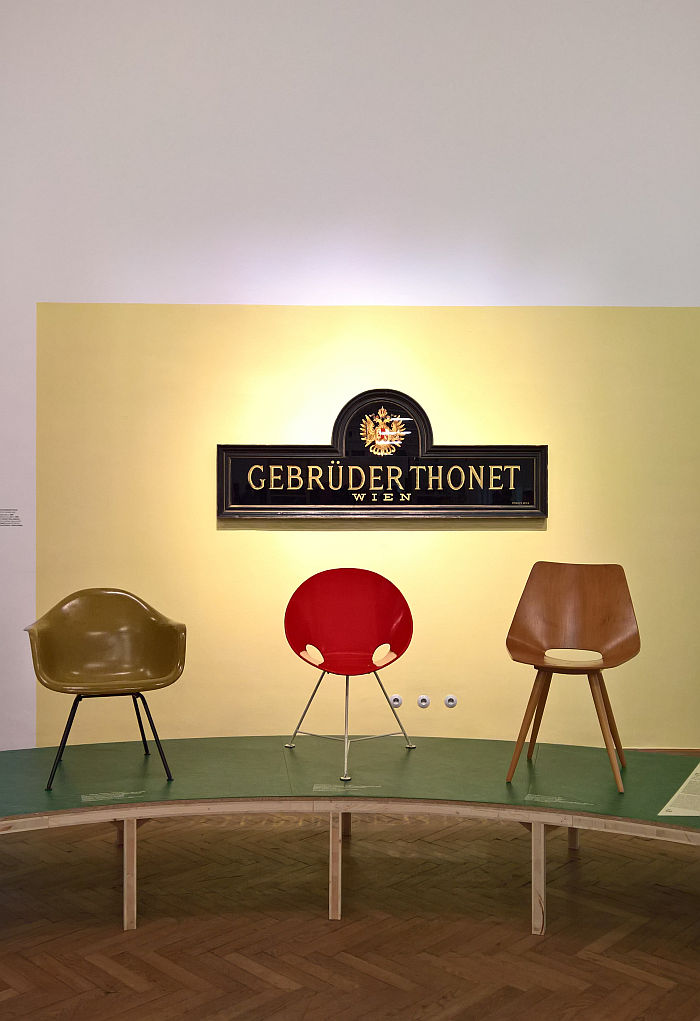
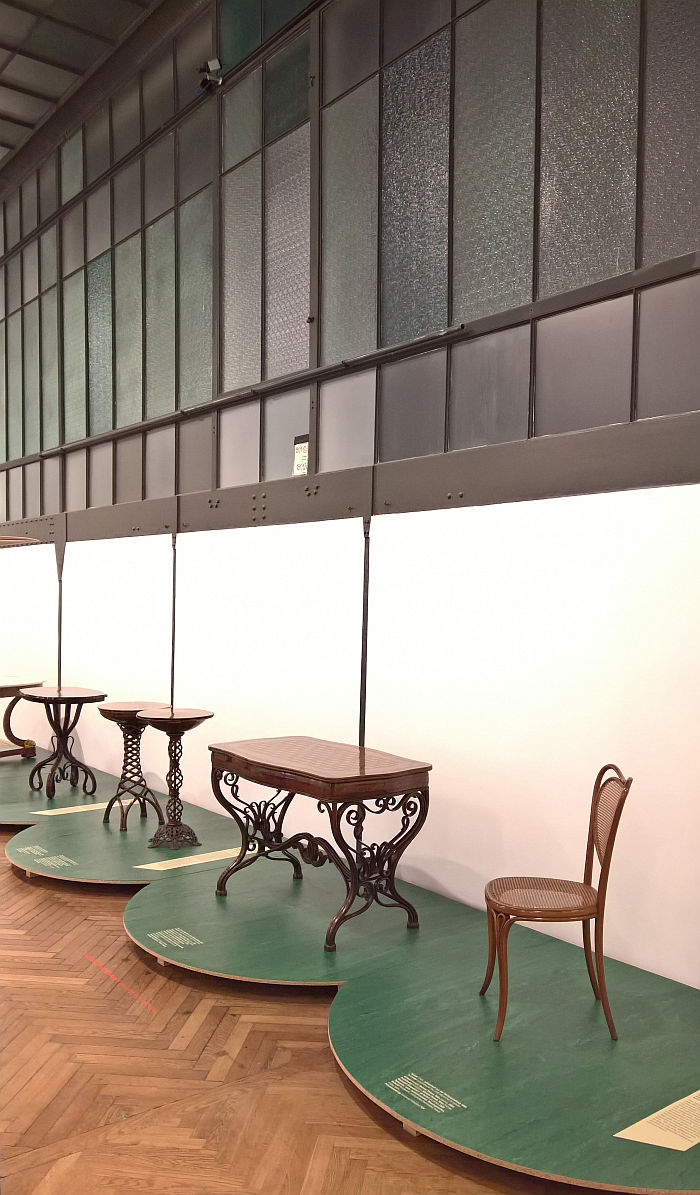
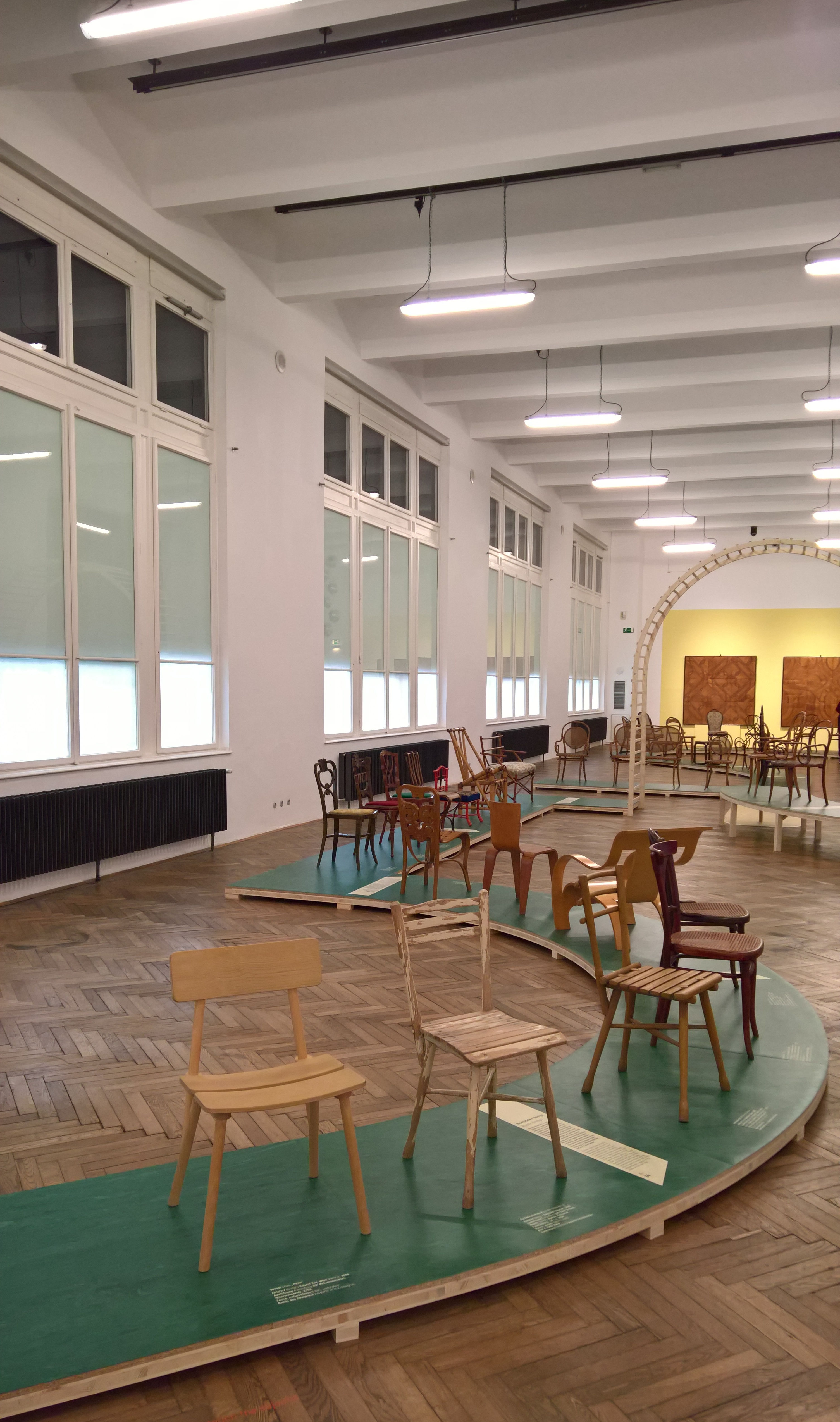
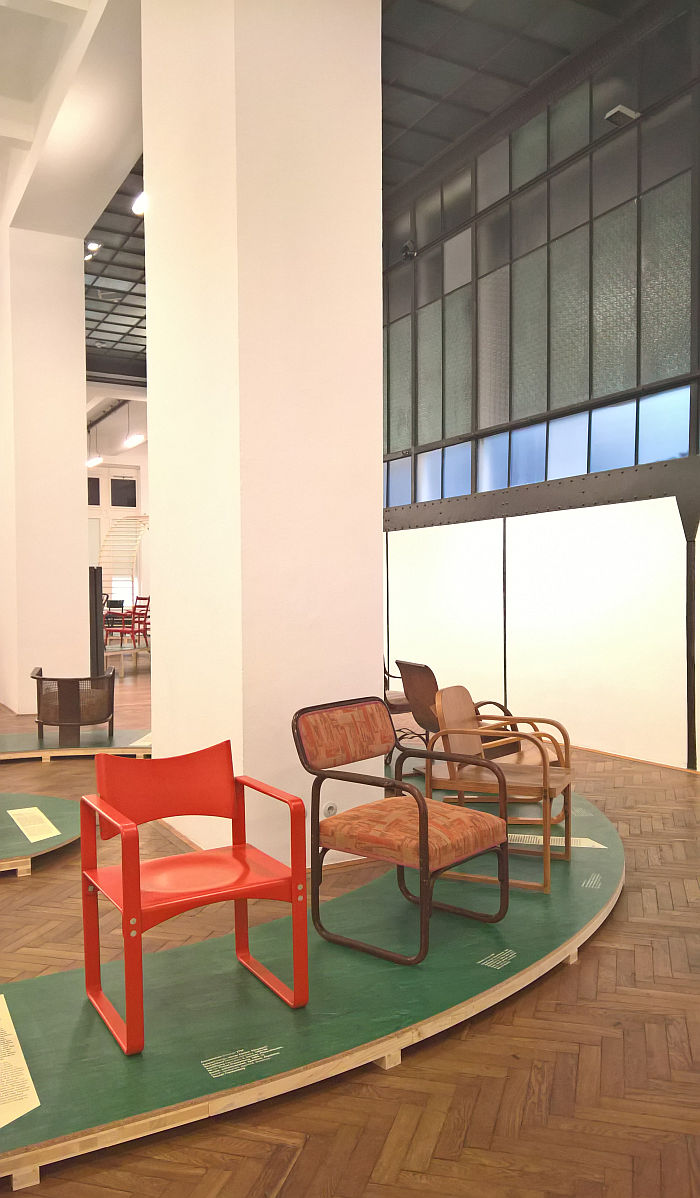
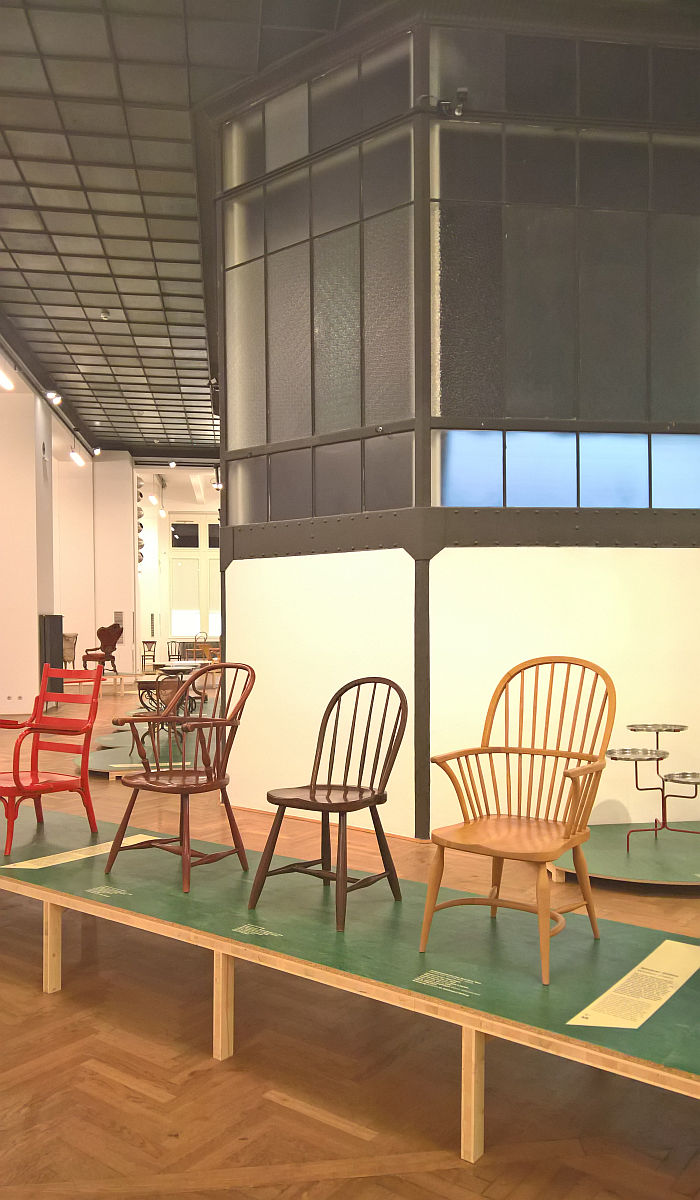
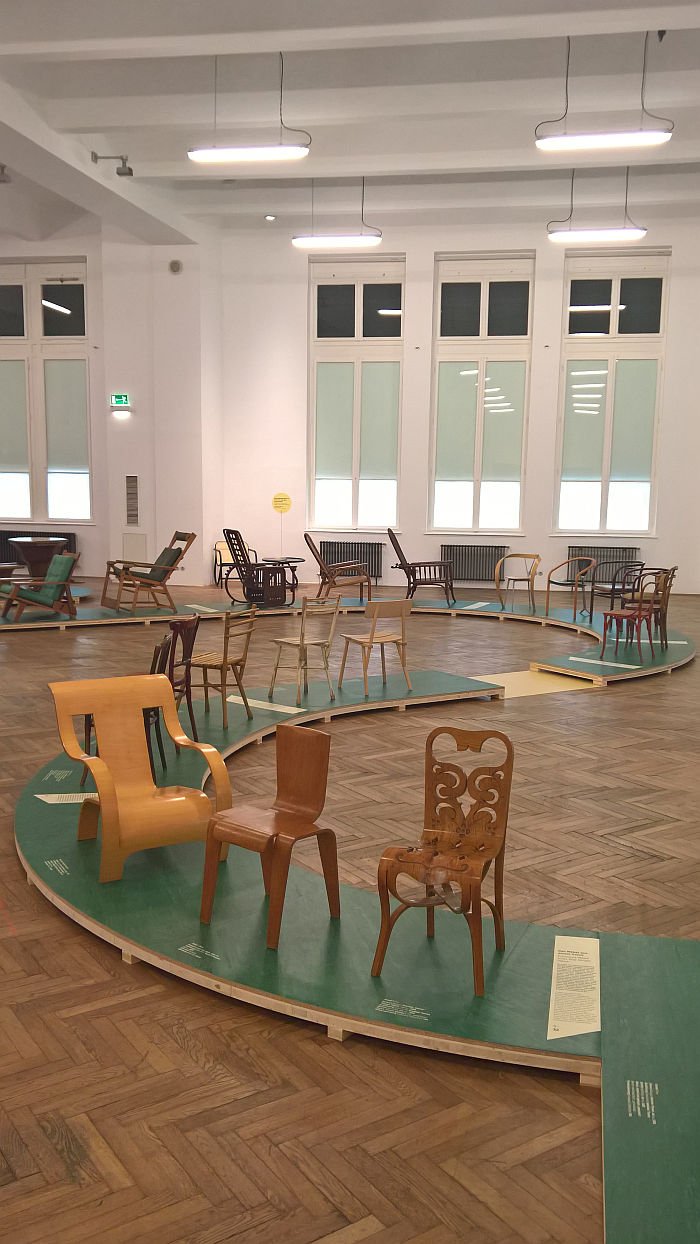
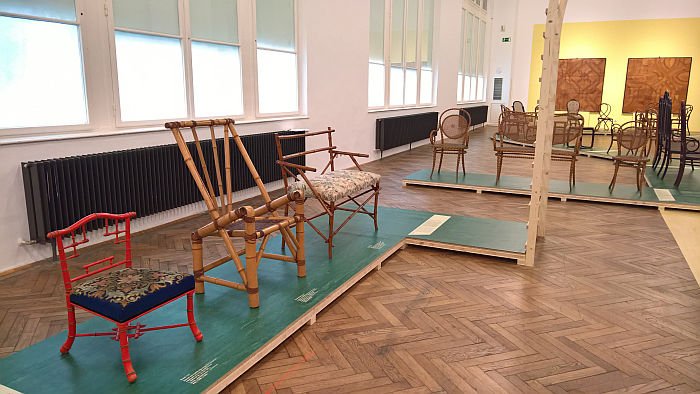
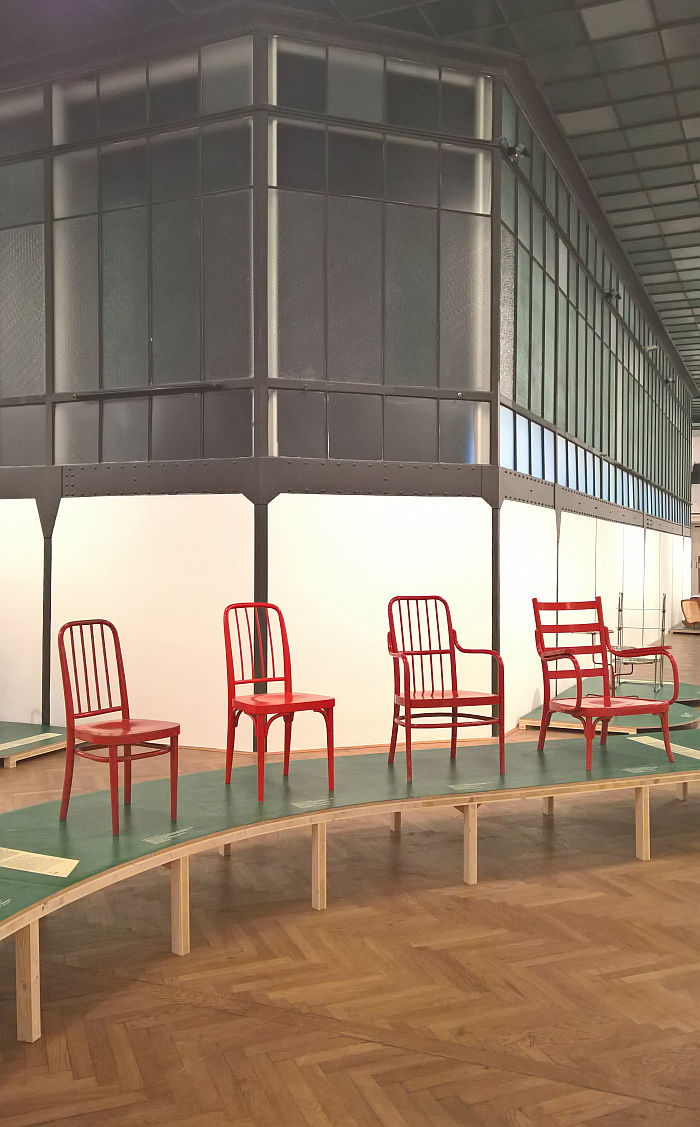
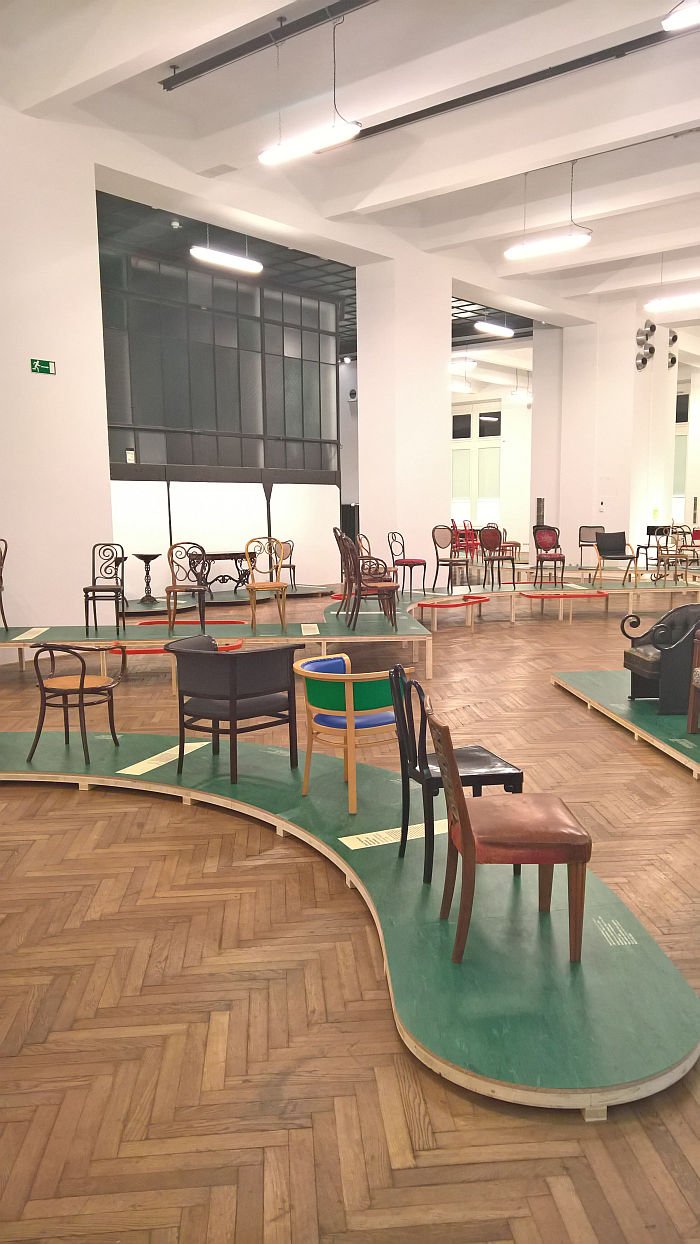
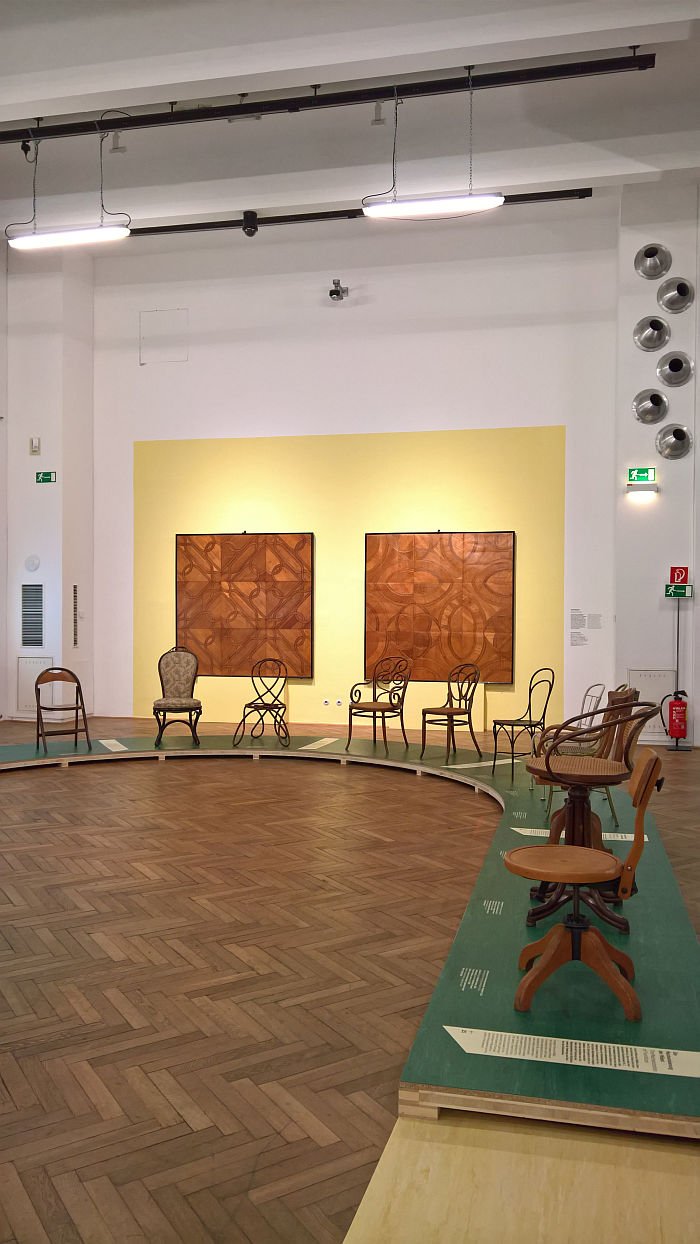
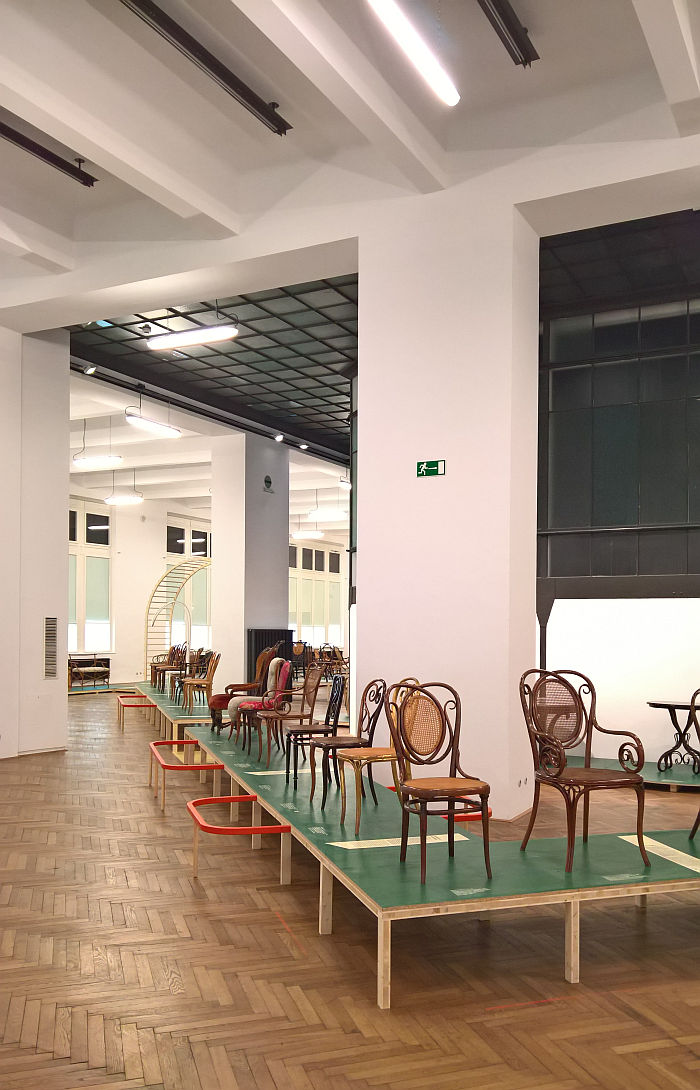
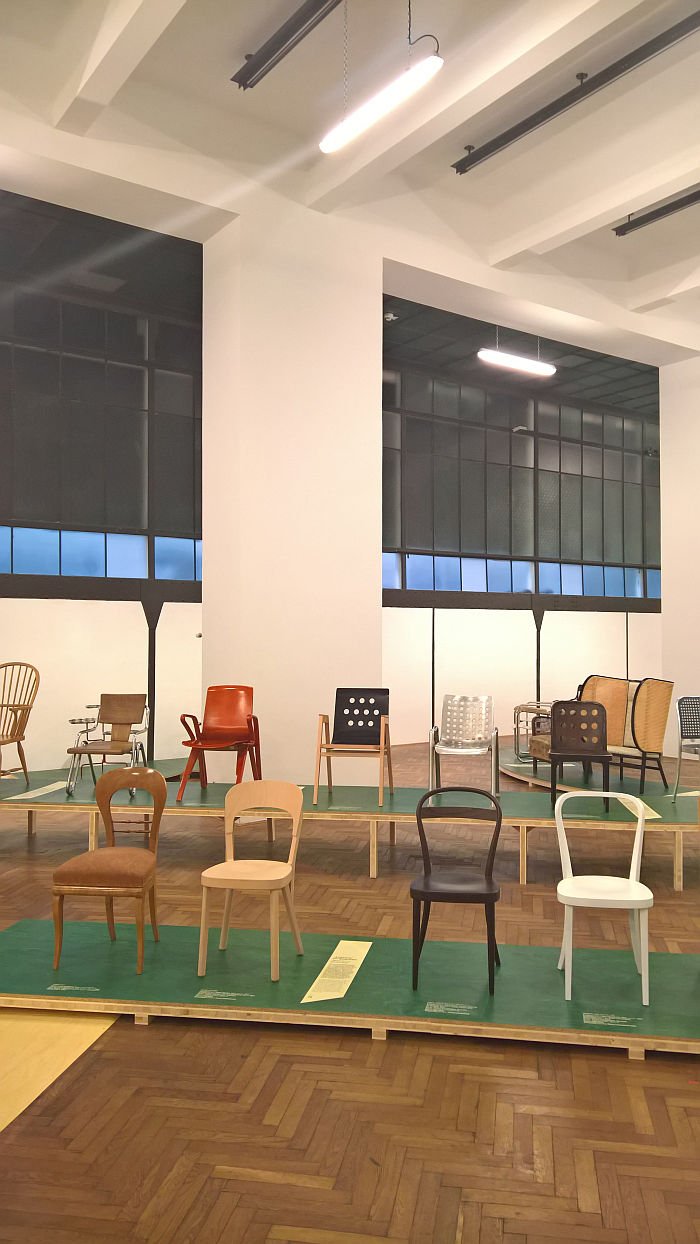
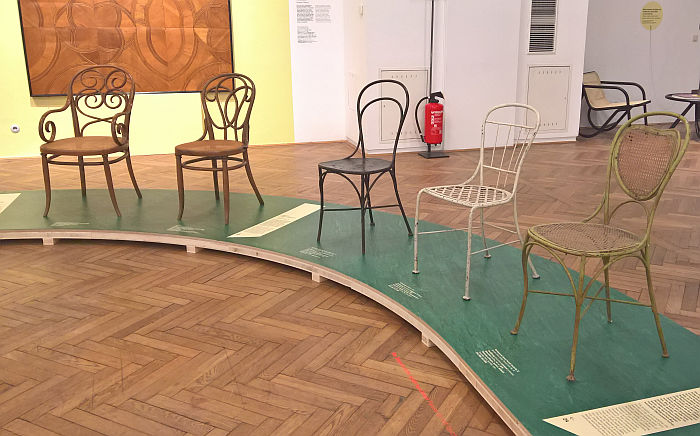
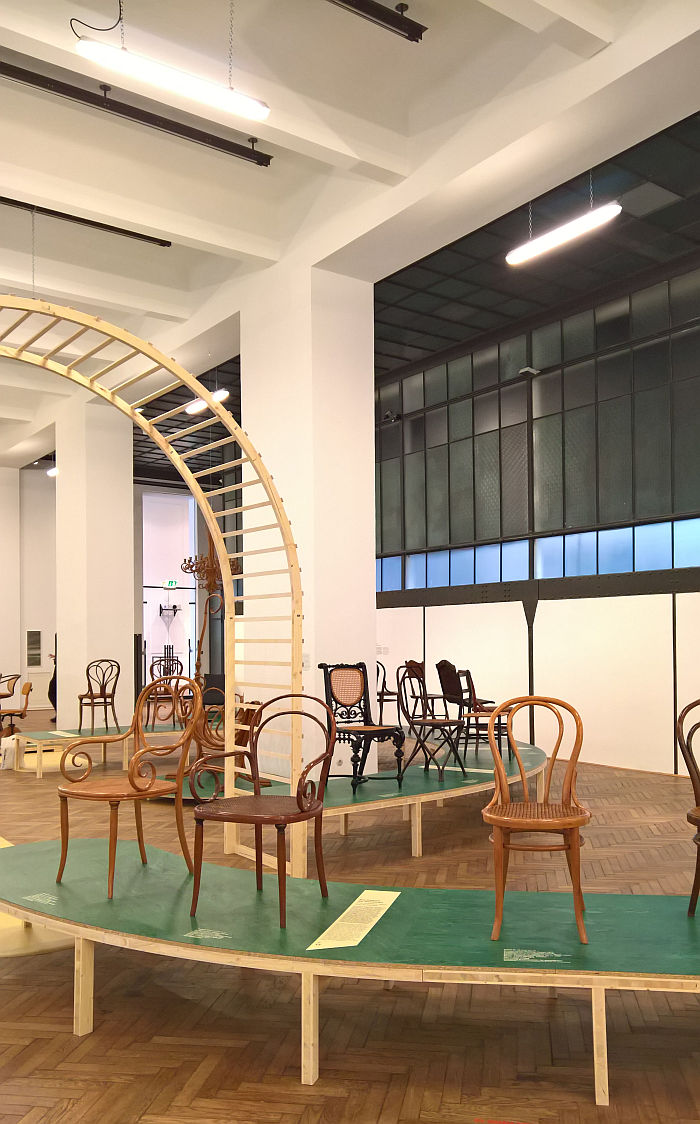
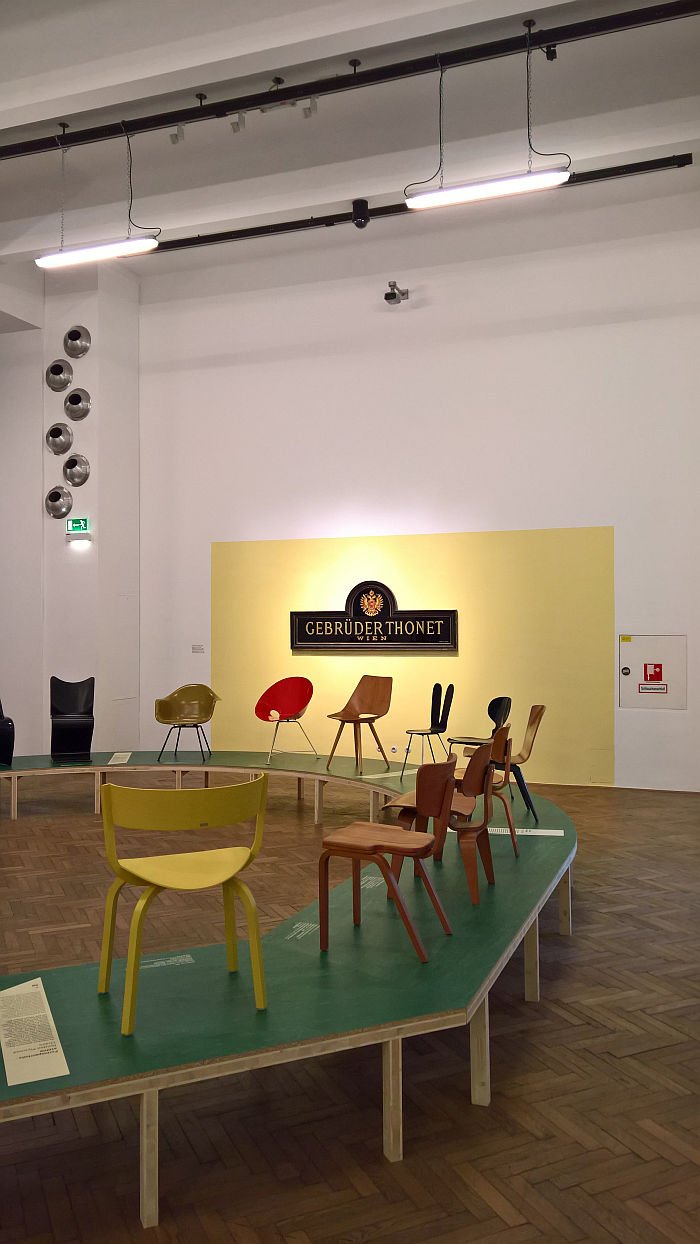
Full details, including information on the accompanying fringe programme can be found at www.mak.at/en/thonet